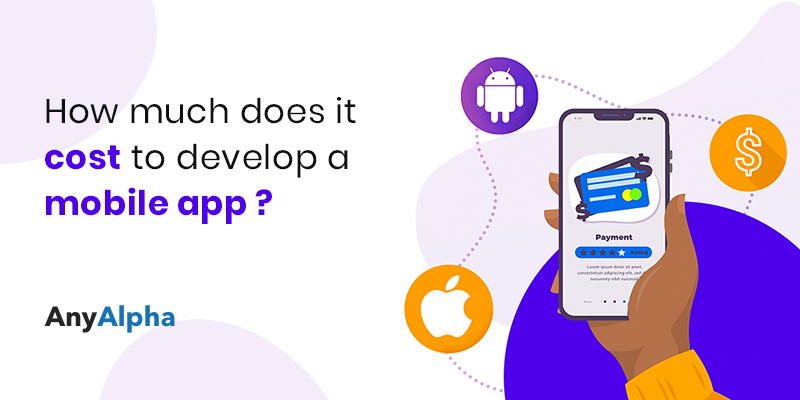Previously, Ionic and Cordova used to be a reasonable alternative to native development. Now cross-platform technologies like React Native (RN) promise higher quality with similar cost-effectiveness. React Native Apps are snappy, responsive and a joy to use. Its framework takes an entirely different approach to hybrid cross-platform apps and uses native UI elements, powered by javascript. Once you write your app in JavaScript, then React Native works some magic and turns the user interface into native code. This means that when you touch & feel your app, it feels native because it is native.
With React Native, you build apps fast. It will take you less than half the time to build an app compared to fully native apps. Under the hood, React Native uses JavaScript to run the business logic, for example handling a button click or fetching data from a server. Technically it does this with a headless browser. If you don’t program the app right, you may see some slowness. There are ways in which to program the app however that eliminates this problem and the user will never know the difference between a pure native app and a React Native app.
Without Ionic, Cordova apps would look like websites. Yet Ionic needs Cordova to access the device’s functionality. That’s why hybrid apps are often built with Ionic and then compiled into native code using Cordova/PhoneGap.React Native (RN) on the other hand has another approach altogether. Instead of creating a single app that runs on all platforms, it allows you to share a large portion of JS code between iOS, Android, and Universal Windows Platform. This means, unlike the hybrid apps, with RN you get a 100% native User Interface.
As hybrid apps built with Ionic, Cordova, and PhoneGap tech are essentially web applications rendered in a WebView, they often suffer from the terrible performance.WebView itself affects performance as it’s another level of abstraction between Ionic and the hardware. In RN, you work directly with native APIs, which is considerably faster. You can use native modules written in Objective-C/Swift and Java to improve the performance of resource-intensive tasks like image/video processing.RN also often has better offline support and works well in poor network conditions.
In terms of advanced graphics, React Native offers smooth animations with an animated library, while Ionic/ Cordova makes these difficult to implement. The device features an RN too are editable and accessed via native modules making interaction fast. Interaction remains slow in ionic and the device is accessed via Cordova plugins. Over the years, many companies have moved away from the hybrid approach. With React Native this trend is slowly reversing, as the technology has great success stories.
In 2016, for example, Walmart faced a challenge with its mobile app. Some of its views were made with hybrid tech. Their performance was clumsy even on high-end phones and their reliance on network requests slowed down the app in poor network conditions. With React Native, Walmart achieved native-like performance including graphics, CPU and RAM usage. They also got smoother animations and platform-specific look and feel. Walmart developers were able to reuse 95% of the code between Android and iOS.
It makes sense to choose React Native when you want excellent user experience while still enjoying the speed, convenience, and reduced costs of cross-platform mobile app development. React Native strikes the perfect balance in creating cross-platform apps because it’s super fast to build them and the apps look and feel like native mobile apps.

Director @Anyalpha, a Top Software Development Company offering Mobile App Development and Website Development Services to Businesses & Startups.



